Boiling peanuts is a timeless culinary tradition enjoyed across various cultures for its simplicity, nutritious value, and delicious flavor. Whether you’re preparing them as a snack, a side dish, or an ingredient in a larger recipe, knowing how to cook peanuts perfectly can elevate your culinary experiences. This guide will walk you through the process of boiling peanuts, offering tips and tricks to ensure your legumes turn out tender, flavorful, and ready to delight your taste buds.
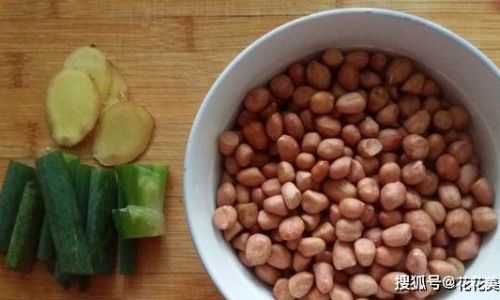
Understanding Peanuts: A Nutritious Legume
Before diving into the cooking process, it’s essential to understand what peanuts are. Contrary to popular belief, peanuts are not nuts but rather legumes, belonging to the same family as beans and lentils. They are rich in healthy fats, protein, fiber, vitamins, and minerals, making them a valuable addition to any diet. Boiling peanuts helps retain many of their nutrients while making them easier to digest and enjoy.
Choosing the Right Peanuts
The first step in boiling peanuts is selecting the right ones. Here are a few pointers:

- Freshness: Opt for fresh, unshelled peanuts if possible. They tend to have a better texture and flavor.
- Variety: There are several types of peanuts, including Virginia, Runner, and Spanish. Each variety has its unique taste and texture. Virginia peanuts are larger and sweeter, making them ideal for boiling.
- Appearance: Look for peanuts with smooth, uncracked shells and no signs of mold or discoloration.
- Source: If buying shelled peanuts, ensure they come from a reputable source to avoid contaminants.
Preparation: Cleaning and Soaking
Once you’ve chosen your peanuts, it’s time to prepare them for boiling:
- Cleaning: Rinse the peanuts thoroughly under cold running water to remove any dirt or debris. If using unshelled peanuts, you can scrub the shells gently with a vegetable brush.
- Soaking: Soaking peanuts before boiling can significantly reduce cooking time and make them easier to digest. Place the cleaned peanuts in a large bowl or pot and cover them with water. Add a tablespoon of baking soda to the water (this helps soften the shells and remove any residual dirt). Soak for at least 4 hours or overnight.
Boiling Peanuts: The Essential Steps
Now, let’s get to the main event – boiling the peanuts:
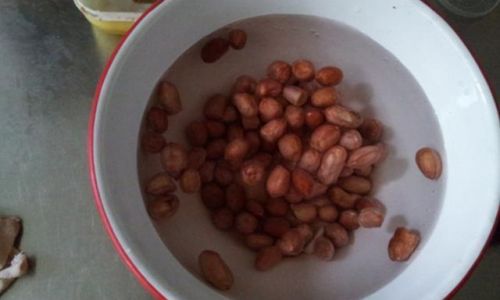
- Drain and Rinse: After soaking, drain the peanuts and rinse them well under cold water to remove the baking soda.
- Boiling Water: Fill a large pot with fresh water. The amount of water needed depends on the quantity of peanuts; generally, use enough water to fully submerge the peanuts with an extra inch or two for boiling.
- Seasoning: Add seasonings to the water. Salt is the most common addition, but you can also experiment with spices like garlic, bay leaves, red pepper flakes, or even a splash of vinegar for added flavor.
- Boiling: Bring the water to a rolling boil. Carefully add the peanuts to the pot, ensuring they are fully submerged. Reduce the heat to a simmer and cook, uncovered, for about 2 to 3 hours, depending on the size and freshness of the peanuts. Smaller peanuts or those that have been soaked longer will cook faster.
- Testing for Doneness: To check if the peanuts are done, remove one from the pot and let it cool slightly. Peel it and taste. The peanut should be tender but not mushy. If they are still too firm, continue cooking and test again in intervals of 15 minutes.
Finishing Touches: Cooling and Serving
Once your peanuts are perfectly cooked, it’s time to finish them off and serve:
- Cooling: Remove the pot from heat and let the peanuts cool in the cooking liquid. This helps them absorb more flavor and stay moist. You can let them cool to room temperature or refrigerate them overnight for even better flavor development.
- Draining: Once cooled, drain the peanuts well, discarding the cooking liquid. If you prefer, you can peel the shells off at this point, though many people enjoy eating them with the shells on for added texture and fun.
- Serving: Boiled peanuts are versatile and can be enjoyed in various ways. Serve them as a snack straight from the bowl, add them to salads, use them in recipes like peanut stew, or blend them into a creamy peanut butter.
Storage Tips
Boiled peanuts can be stored in an airtight container in the refrigerator for up to a week. For longer storage, you can freeze them. Place them in freezer bags, removing as much air as possible, and they’ll keep for several months. Thaw in the refrigerator before eating.
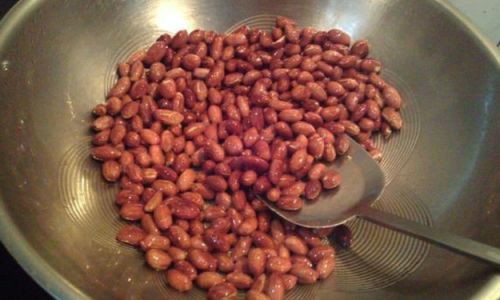
Conclusion
Boiling peanuts might seem like a straightforward task, but mastering the process can yield delicious, nutritious results. By following these steps – from selecting the right peanuts, preparing them properly, to seasoning and cooking them to perfection – you’ll be able to enjoy a bowl of tender, flavorful boiled peanuts that are sure to impress. Whether you’re serving them at a family gathering, enjoying them as a solo snack, or incorporating them into your favorite recipes, boiled peanuts are a versatile, healthy, and delicious addition to your culinary repertoire. Happy cooking!
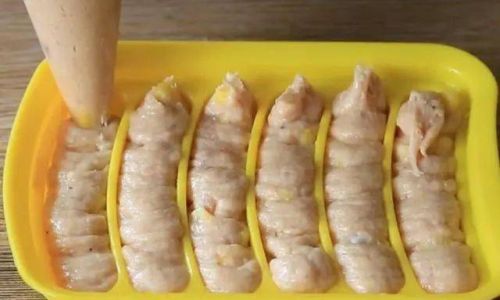
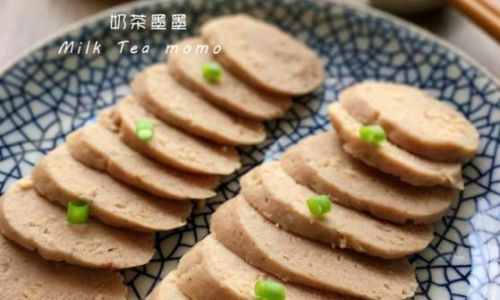
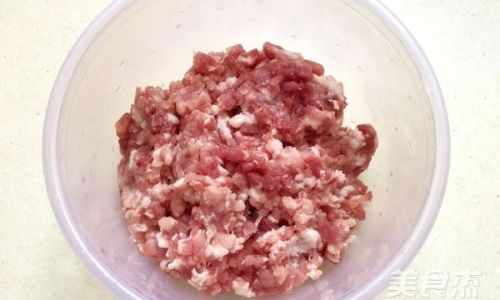

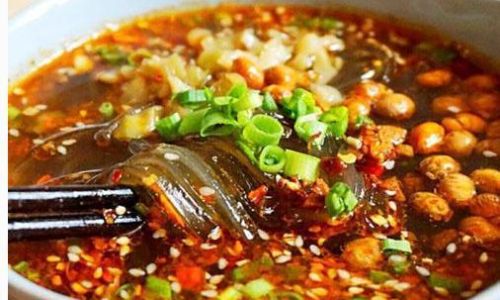
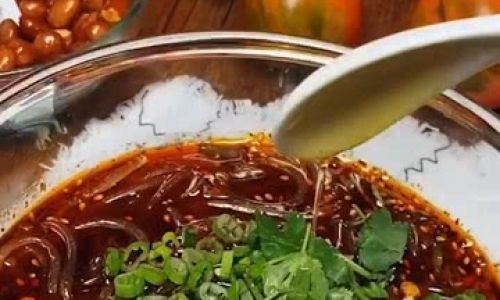
0 comments